Budhaditya Saha
Understanding patient complaint characteristics using contextual clinical BERT embeddings
Feb 14, 2020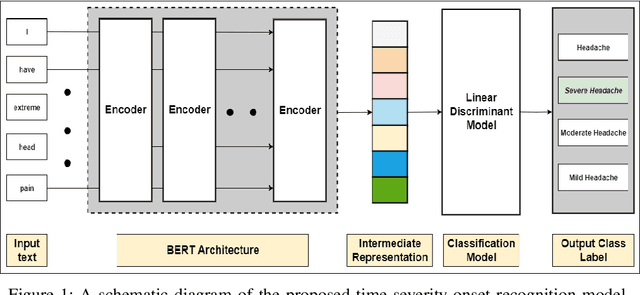
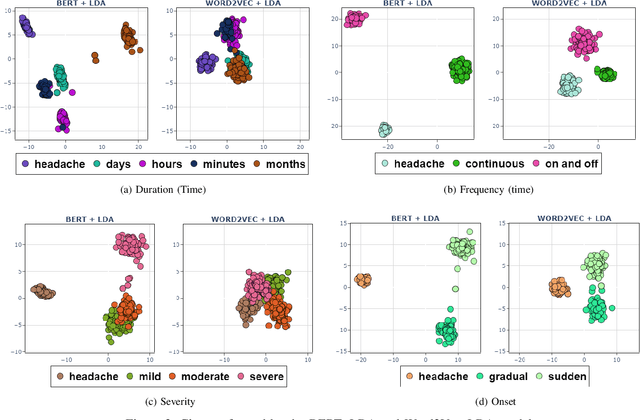
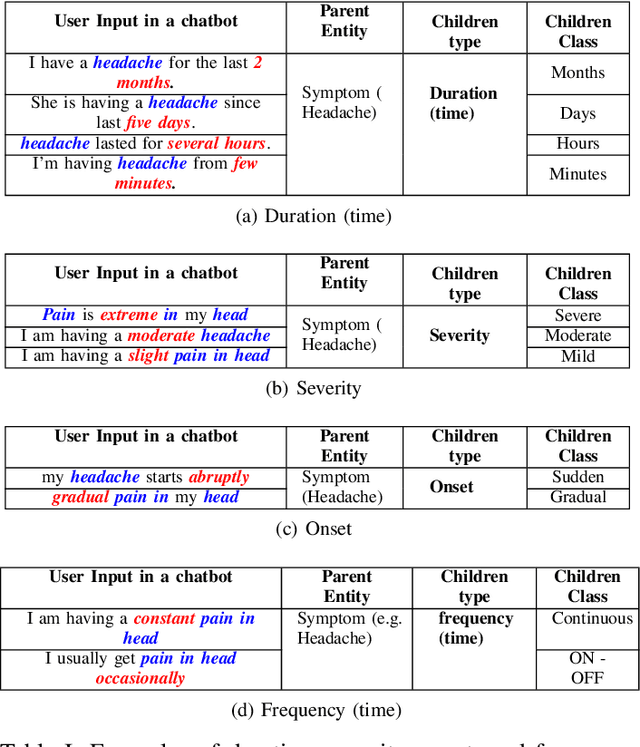

Abstract:In clinical conversational applications, extracted entities tend to capture the main subject of a patient's complaint, namely symptoms or diseases. However, they mostly fail to recognize the characterizations of a complaint such as the time, the onset, and the severity. For example, if the input is "I have a headache and it is extreme", state-of-the-art models only recognize the main symptom entity - headache, but ignore the severity factor of "extreme", that characterizes headache. In this paper, we design a two-stage approach to detect the characterizations of entities like symptoms presented by general users in contexts where they would describe their symptoms to a clinician. We use Word2Vec and BERT to encode clinical text given by the patients. We transform the output and re-frame the task as multi-label classification problem. Finally, we combine the processed encodings with the Linear Discriminant Analysis (LDA) algorithm to classify the characterizations of the main entity. Experimental results demonstrate that our method achieves 40-50% improvement on the accuracy over the state-of-the-art models.
Memorizing Normality to Detect Anomaly: Memory-augmented Deep Autoencoder for Unsupervised Anomaly Detection
Apr 04, 2019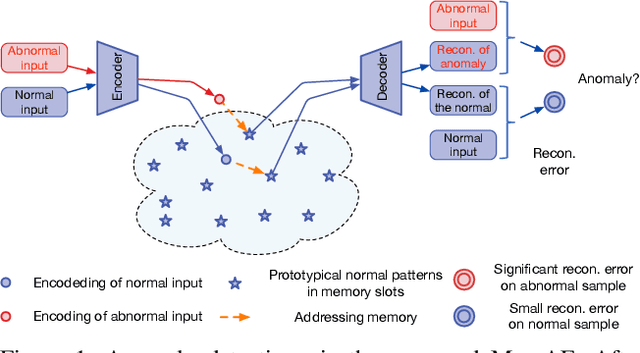
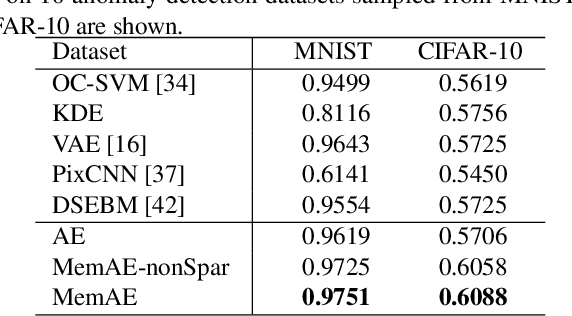
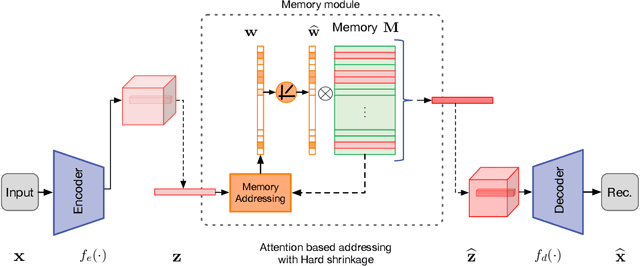
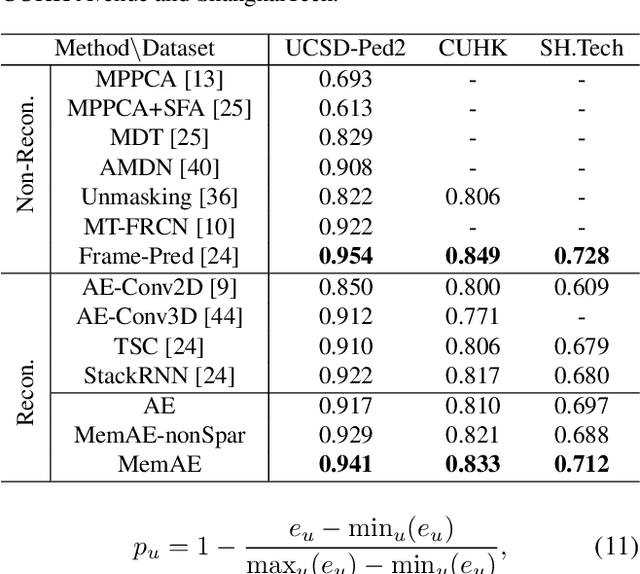
Abstract:Deep autoencoder has been extensively used for anomaly detection. Training on the normal data, the autoencoder is expected to produce higher reconstruction error for the abnormal inputs than the normal ones, which is adopted as a criterion for identifying anomalies. However, this assumption does not always hold in practice. It has been observed that sometimes the autoencoder "generalizes" so well that it can also reconstruct anomalies well, leading to the miss detection of anomalies. To mitigate this drawback for autoencoder based anomaly detector, we propose to augment the autoencoder with a memory module and develop an improved autoencoder called memory-augmented autoencoder, i.e. MemAE. Given an input, MemAE firstly obtains the encoding from the encoder and then uses it as a query to retrieve the most relevant memory items for reconstruction. At the training stage, the memory contents are updated and are encouraged to represent the prototypical elements of the normal data. At the test stage, the learned memory will be fixed, and the reconstruction is obtained from a few selected memory records of the normal data. The reconstruction will thus tend to be close to a normal sample. Thus the reconstructed errors on anomalies will be strengthened for anomaly detection. MemAE is free of assumptions on the data type and thus general to be applied to different tasks. Experiments on various datasets prove the excellent generalization and high effectiveness of the proposed MemAE.
Learning Regularity in Skeleton Trajectories for Anomaly Detection in Videos
Mar 08, 2019


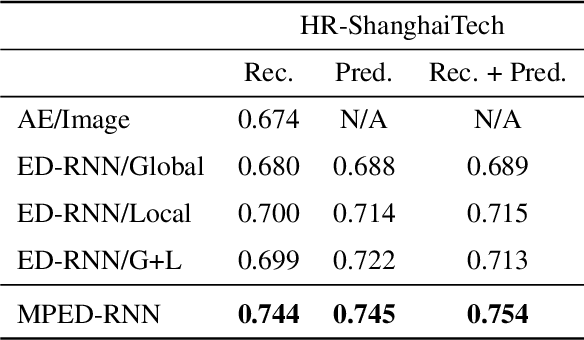
Abstract:Appearance features have been widely used in video anomaly detection even though they contain complex entangled factors. We propose a new method to model the normal patterns of human movements in surveillance video for anomaly detection using dynamic skeleton features. We decompose the skeletal movements into two sub-components: global body movement and local body posture. We model the dynamics and interaction of the coupled features in our novel Message-Passing Encoder-Decoder Recurrent Network. We observed that the decoupled features collaboratively interact in our spatio-temporal model to accurately identify human-related irregular events from surveillance video sequences. Compared to traditional appearance-based models, our method achieves superior outlier detection performance. Our model also offers "open-box" examination and decision explanation made possible by the semantically understandable features and a network architecture supporting interpretability.
 Add to Chrome
Add to Chrome Add to Firefox
Add to Firefox Add to Edge
Add to Edge